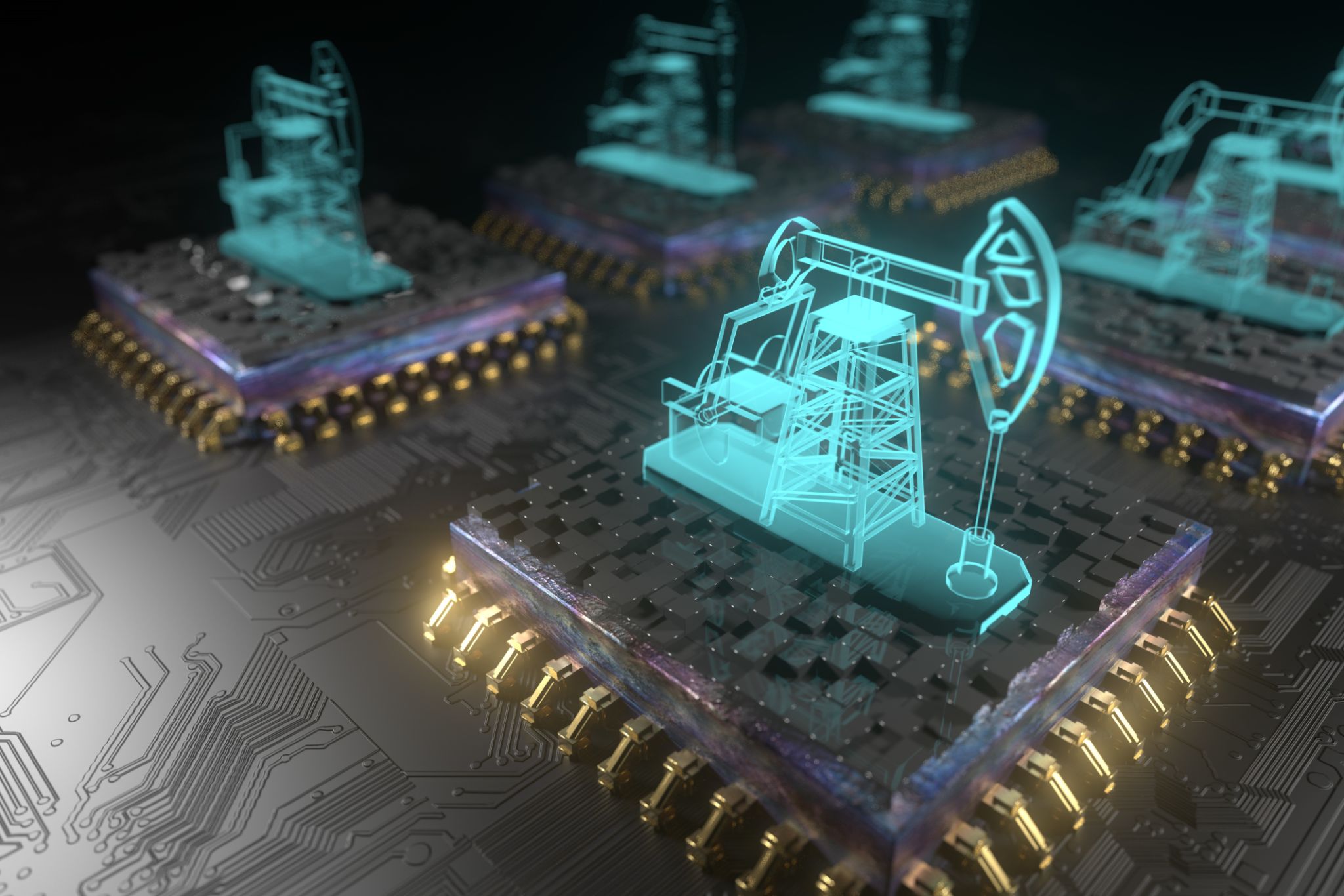How Does Bitcoin Mining Work? A Beginner's Guide to Earning Safely
Understanding Bitcoin Mining
Bitcoin mining is a critical process in the world of cryptocurrencies that ensures the security and integrity of the Bitcoin network. For beginners, it might seem like a complex concept, but breaking it down into simpler terms can make it more accessible. In essence, mining is the process of verifying transactions and adding them to the public ledger, known as the blockchain. Miners use powerful computers to solve complex mathematical problems, which in turn secure the network.

The Role of Miners
Miners play a vital role in maintaining the Bitcoin network. By verifying transactions, they prevent fraudulent activities and double-spending, which is attempting to spend the same Bitcoin twice. In return for their efforts, miners are rewarded with new bitcoins, providing an incentive for people to contribute computational power to the network.
Mining requires specialized hardware, typically known as ASICs (Application-Specific Integrated Circuits), which are designed specifically for mining cryptocurrencies. These devices are much more efficient than regular computers in solving the mathematical puzzles necessary for mining.
The Mining Process
The mining process involves several steps that ensure the integrity and security of the Bitcoin network. Here's a simplified overview:
- Transaction Collection: Miners collect pending transactions from the Bitcoin network into a block.
- Hashing: Miners compete to solve a cryptographic puzzle known as a hash. This involves finding a number that, when combined with the block data and hashed, produces a result within a certain range.
- Verification: Once a miner finds a valid hash, it broadcasts the result to the network for verification by other miners.
- Adding to the Blockchain: If verified, the new block is added to the blockchain, and the miner receives a reward in bitcoins.

Understanding Rewards and Incentives
The incentive structure is what keeps the Bitcoin network decentralized and secure. Miners receive two types of rewards: block rewards and transaction fees. The block reward consists of newly minted bitcoins, while transaction fees are collected from users who want their transactions processed quickly.
The block reward undergoes a process called "halving," where it is reduced by half approximately every four years. This mechanism ensures that the total supply of Bitcoin is capped at 21 million coins, making it a deflationary currency.
Ensuring Safe Mining Practices
For those interested in starting Bitcoin mining, it's essential to consider safety and profitability. Here are some tips to ensure safe mining practices:
- Research Thoroughly: Understand the costs involved, such as electricity expenses and hardware investments, before starting.
- Join a Mining Pool: Joining a pool can increase your chances of earning rewards by combining resources with other miners.
- Regular Maintenance: Ensure that your hardware is well-maintained to prevent overheating and other technical issues.

The Future of Bitcoin Mining
As Bitcoin continues to gain popularity, mining will remain an essential component of its ecosystem. However, it's important to be aware of the environmental impact of mining due to high energy consumption. Innovations in renewable energy sources and more efficient mining technologies are paving the way for sustainable practices.
In conclusion, while Bitcoin mining can be lucrative, it requires careful consideration and understanding of its complexities. By following best practices and staying informed about industry developments, beginners can safely navigate the world of Bitcoin mining.